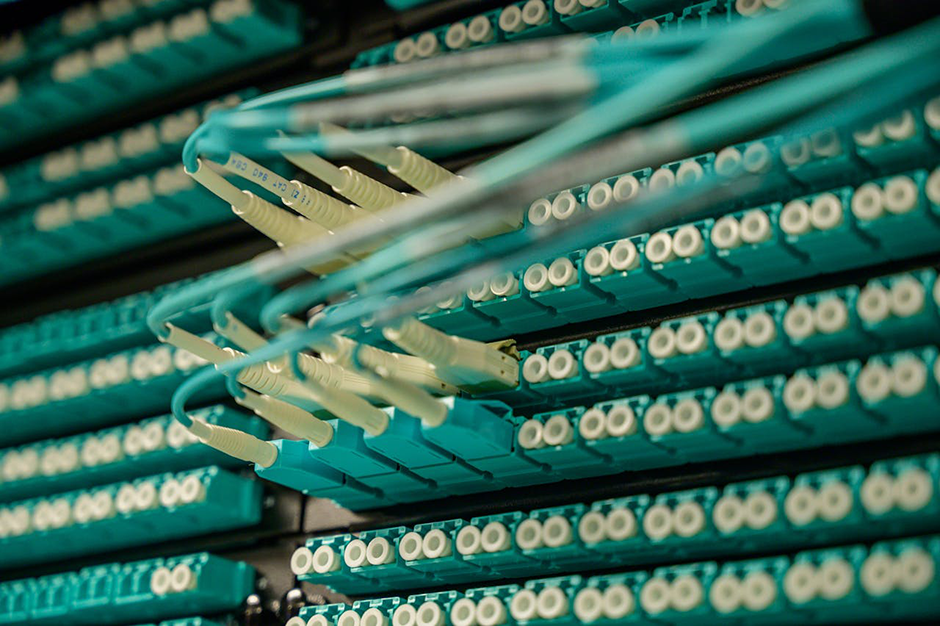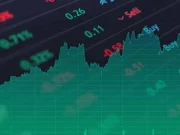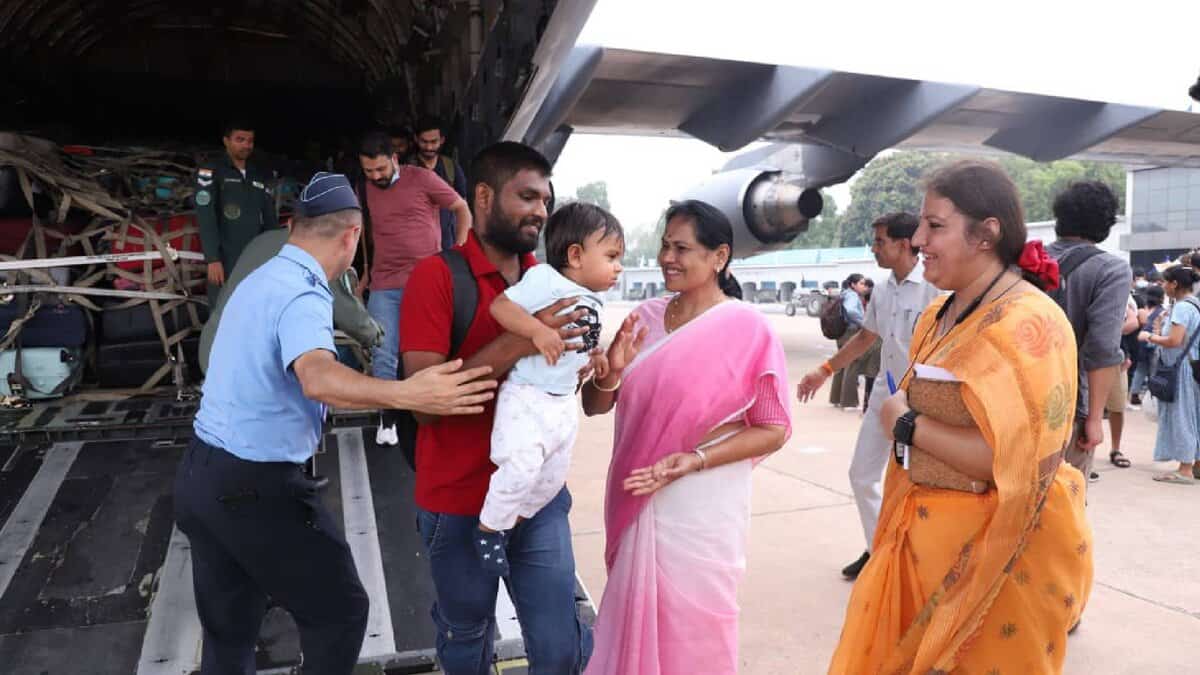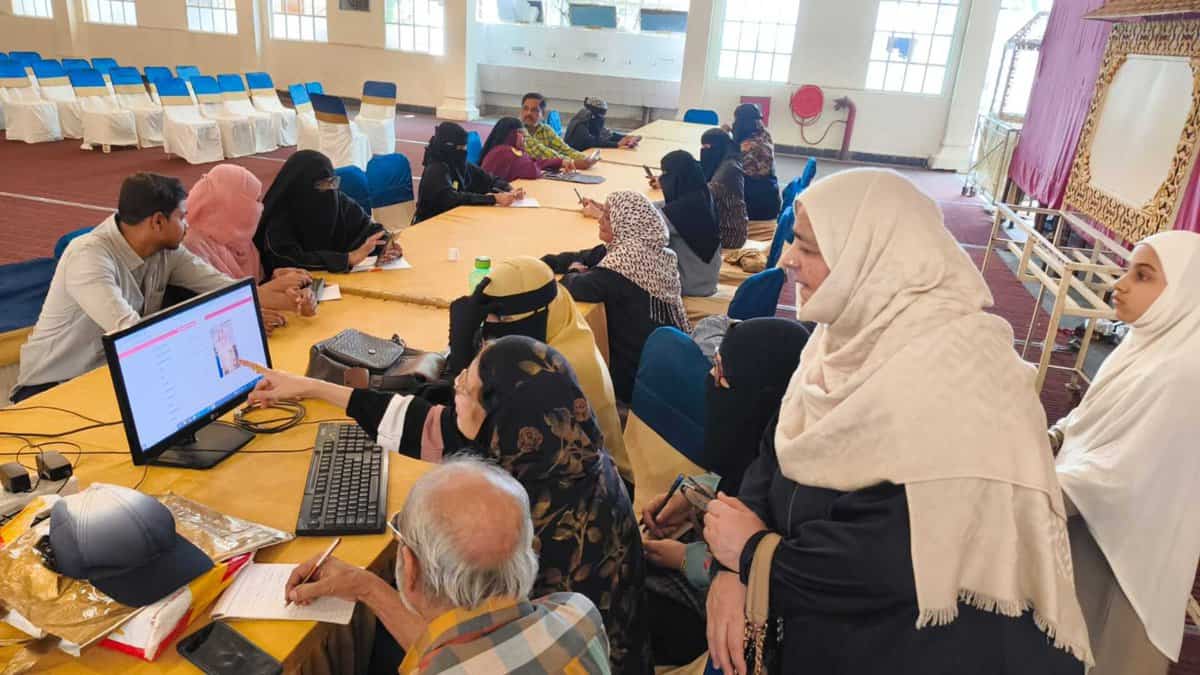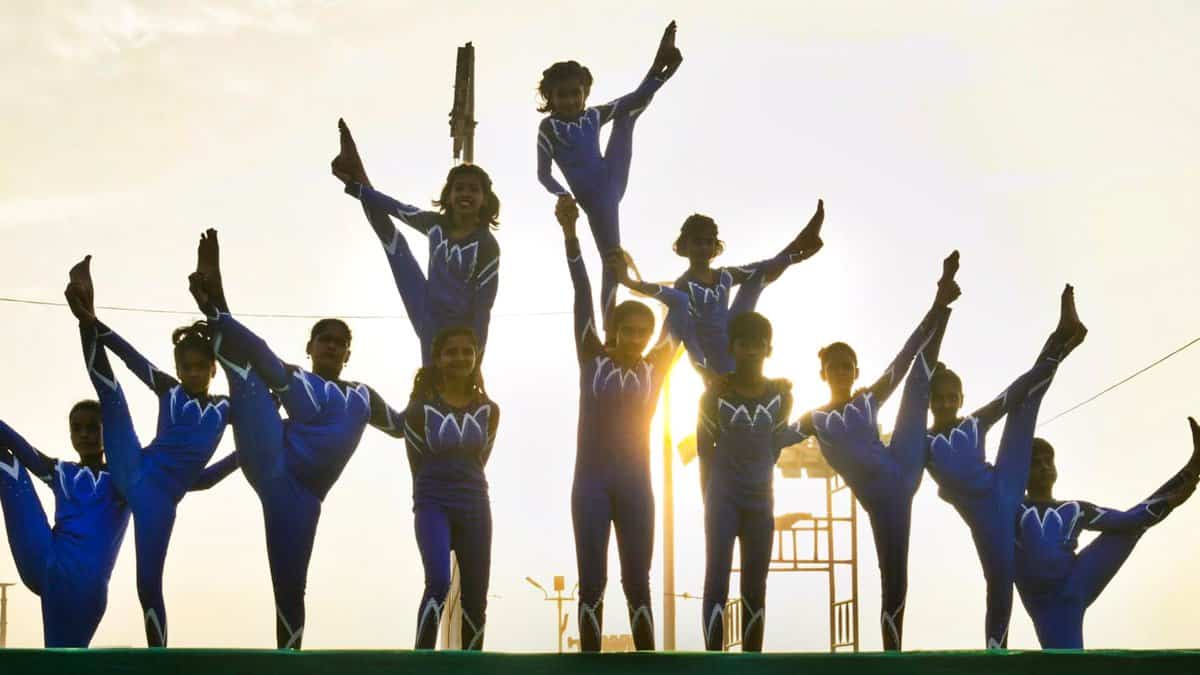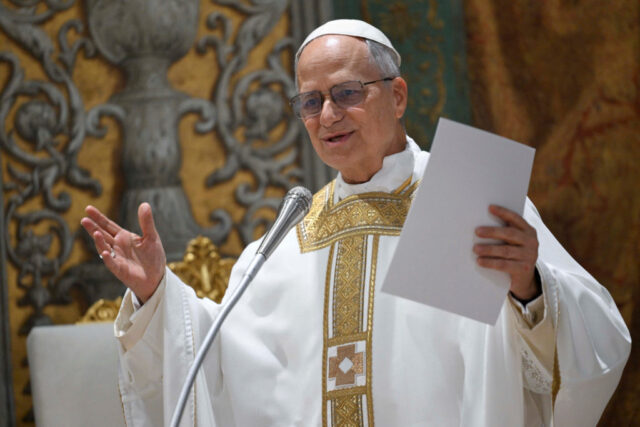Theology professor Jeffrey Morrow can sum up his reaction to learning the identity of the new pope in one word: “Wow.”
“I did not expect an American,” said Morrow, who teaches at Franciscan University of Steubenville.
Pope Leo XIV, the first American-born pontiff in history, appeared from the central loggia of St. Peter’s Basilica on Thursday, little more than 24 hours after the College of Cardinals began their conclave.
Before his election, Leo, now the 267th leader of the world’s 1.4 billion Catholics, was known as Cardinal Robert Francis Prevost.
“Peace be with you all,” he said in Italian – his first words as pope – to the thousands gathered in St. Peter’s Square.
A new pope’s choice of name always bears meaning. The previous pontiff who chose the name Leo was a significant historical figure who spoke out on social and philosophical issues, experts on theology, law and the papacy told PBS News.
Whether he builds on that legacy remains to be seen, but the new Leo brings his own experience and superlatives.
“It’s important, in looking at Pope Leo, to give him space to grow into the office. He’s never been pope before,” Cardinal Wilton Gregory, the archbishop emeritus of Washington, D.C., told reporters at a news conference Friday. “There’s a tendency for all of us to believe that we can capture tomorrow by looking at yesterday. I think that Pope Leo will surprise us as he brings his gifts and confronts the challenges, and responds in grace to the needs of the church.”
New papal firsts
Leo XIV, 69, was born in Chicago. He graduated from Villanova University in 1977 with a mathematics degree (another papal first) before joining the Order of Saint Augustine.
He is not only American-born, but also the first pope who is a Peruvian citizen. That makes him the second consecutive pope from the Americas, as well as a pontiff who had been a member of a religious order. (Pope Francis was a Jesuit from Argentina.)
According to the Vatican, Leo is the first member of the Order of St. Augustine to become pope.
Members of that Catholic religious order follow the Rule of St. Augustine, one of the most significant Christian thinkers in history. The Augustinians profess to “live together in harmony, being of one mind and one heart on the way to God.” They take a vow of poverty and dedicate themselves to service and spreading the faith.
“Religious orders carry special charisms,” or mission statements, said Charles J. Reid Jr., a law professor at the University of St. Thomas in Minneapolis. “Every religious order exists for a reason. … The idea of a charism may be attractive to the members of the College of Cardinals” in choosing the pope.
What experience does Pope Leo have?
Leo has held Augustinian leadership roles in the Chicago area and in Peru, where he was a missionary before earning citizenship. Leo twice served as the leader of the Augustians worldwide.
“If you’re at the head of a religious order, you’re known worldwide,” Reid said. “You’re simply known to people because you travel worldwide,” including the opportunity to see “a widely disparate group of cardinals.”
In 2014, Francis named Leo apostolic administrator and, the following year, bishop of the Diocese of Chiclayo in Peru.
In 2023, Francis moved Leo to Rome and appointed him head of the Vatican office that vets bishop nominations. Later that year, Francis made Leo a cardinal.
Reid said that he thought there would have been cardinals who would be reluctant to elect an American pope, yet Leo is “an unusual American.”
“You spend time overseas in Rome, you spend time in Peru, you begin to look like an international figure. And I think that is probably what motivated the Cardinals,” he said. “They saw someone here [who was] not a parochial American, but a figure of global stature. And I think that’s one reason they elected him.”
Who was the last Pope Leo?
Pope Leo XIII, who served from 1878 to 1903, is a “very important pope in the history of the Church, especially the last 200 years, that often gets forgotten,” Morrow said.
The earlier Leo wrote three key encyclicals, papal letters addressed to bishops or the faithful that address doctrine and other subjects, which show his broad range of thought. He “wrote what is considered by many to be one of the first papal encyclicals on social justice,” Morrow said. He also brought about a revival of the philosophy of St. Thomas Aquinas, which demonstrated the harmony between faith and reason, into Church teaching, and discussed the importance of studying scripture.
In writing his social justice encyclical “Rerum Novarum,” Leo XIII took a stand on labor rights.
“By 1891, it was clear there was, especially in Europe, a great deal of socialist unrest, communist unrest,” Reid said. “He did not want to side with the communists, but he also did not want to side with the capitalists. So he tried to steer a middle course – highly protective of labor, encouraged the creation of labor unions, encouraged employers to create labor unions and to negotiate with labor, encouraged the creation of a force for social justice in the church.”
Leo XIII sought to improve diplomatic relations with civil governments around the world. He also published two encyclicals calling for slavery to be “banished and blotted out without any injury to divine or human rights,” noting “how much slavery opposes religion and human dignity.”
“He saw himself as a global figure, as someone who could be a force for peace and negotiate solutions and peace in the world,” Reid said.
Whether the new Leo will adopt a more conservative or liberal approach to his papacy remains to be seen. Reid said he does not fit within either group of American conservative or liberal cardinals.
What does having an American-born pope mean for the U.S.?
Despite Leo spending his recent years in Rome and much of his career in Peru, Morrow said he thinks the United States will play a bigger role in this papacy than before. He noted that where a pope comes from “tends to have some kind of influence on them.”
“Benedict [XVI] was in regular dialogue with people in Germany, which makes sense. And John Paul II was instrumental behind the scenes in the conflicts with communism in Poland and the rise of the Solidarity trade union,” Morrow said. “The difference is [Leo] is a part of a religious order that’s international, and he spent a lot of his time as a priest in Peru. So that’s going to have a formative influence. But I wouldn’t be surprised if there’s more interaction with the U.S.”
Support PBS News Hour
Your tax-deductible donation ensures our vital reporting continues to thrive.











